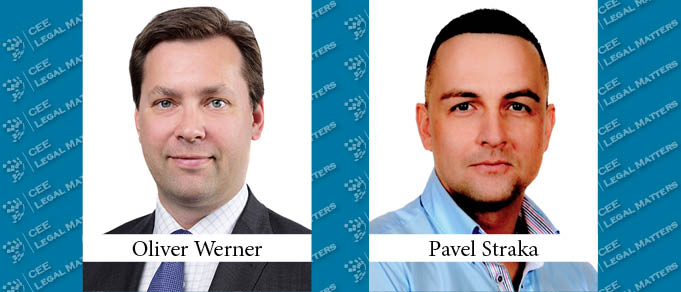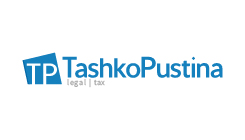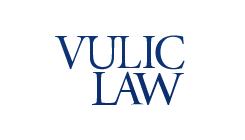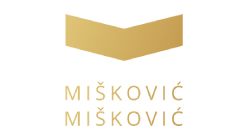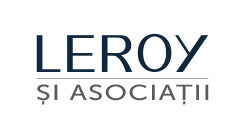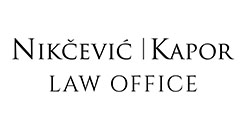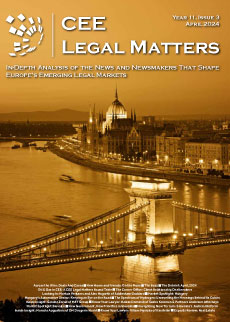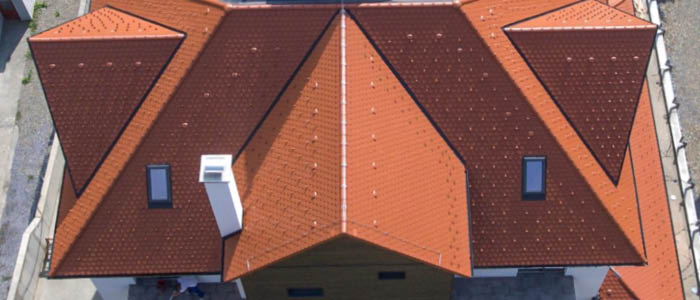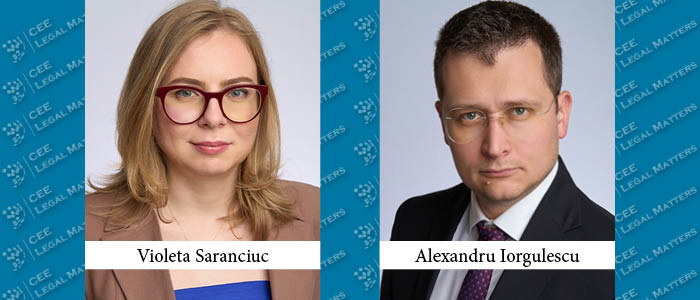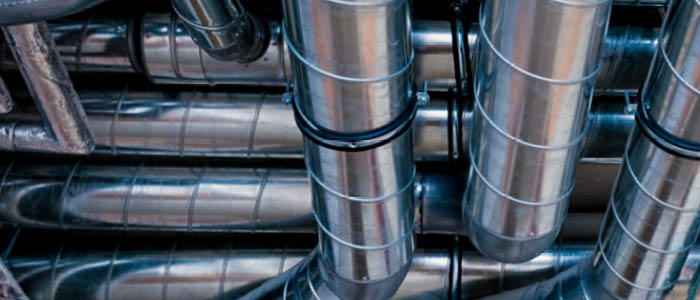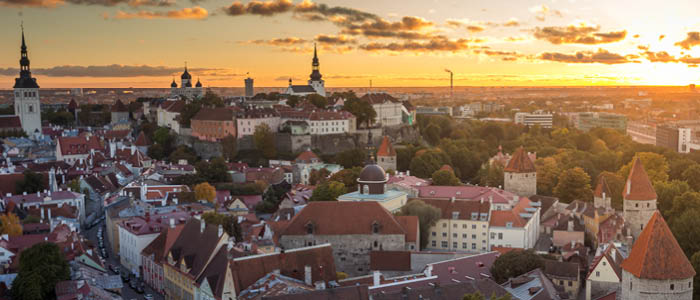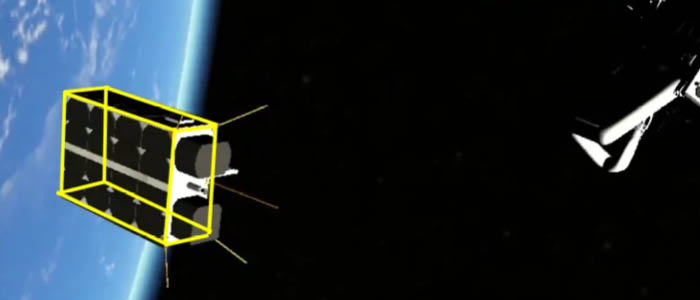The year 2021 has seen several major developments in the field of green energy in Slovakia.
The stop-status for photovoltaics and wind energy, which prevented existing sources’ capacity from being increased and new power generation sources from being connected to the grid, was lifted. The available installed capacity earmarked for photovoltaics and wind power plants totals 407 megawatts for the entire Slovak Republic. It is divided equally among the individual operators of the regional distribution systems – the West Slovak, Central Slovak, and East Slovak distribution companies. Currently, 50 megawatts of installed capacity are allocated to each region. This limit will be increased, when necessary, up to a total combined capacity of 407 megawatts. Any restrictions will be announced three years in advance.
According to current data made available by the Slovak Electricity Transmission System, capacity in Western Slovakia is currently approaching the allocated 50 megawatts. Guidelines published on the SETS website provide detailed information on the release procedures, as well as information on exhausting the allocated capacity and available installed capacities.
In addition, an amendment to the Act on the Promotion of Renewable Energy Sources and High Efficiency Combined Generation has been adopted. The major change introduced is an extension of the support provided to the production of energy from renewable sources over five years, combined with a reduction in the payments provided. Thus, the original amount of aid will be granted to the affected operators of renewable energy sources, but in the form of lower individual grants over a longer period.
The amendment has been adopted by the National Council of the Slovak Republic and became effective on August 1, 2021. Affected operators of photovoltaic and wind energy sources awaited its implementation apprehensively, as the introduced change will likely cause many of them operational difficulties and adversely impact their business plans.
The Slovak Association of Photovoltaic and RES Industry (SAPI) strongly criticized the final wording of the amendment and pointed to its unconstitutionality. The operators concerned also emphasized they were prepared to seek compensation through the courts for any damage caused by the adoption of the amendment.
There has been an increased interest in hydrogen in Slovakia, and the Slovak Ministry of Economy recently presented the National Hydrogen Strategy. The strategy provides an outlook on the intended actions of the state and opportunities for investors and businesses in the field of renewable energy. It aims to be the basis for increasing the utilization of hydrogen in Slovakia as part of the efforts on the path to carbon neutrality. Although this is a non-legislative document, it has been authorized by the Government.
The strategy considers a wide range of areas for hydrogen utilization, including in the chemical and petrochemical industry, metallurgy, and gas industry. Some of the most ambitious plans include the production of hydrogen by utilizing surplus energy from Slovak nuclear power plants or from the existing natural gas infrastructure.
Plans presented by the strategy do not lack ambition and, while their implementation may require a longer timeframe, the first tangible results can be expected as soon as the second half of 2021. Bratislava and Kosice are to get their first two hydrogen fueling stations, supporting the development of hydrogen solutions for the automotive market. The Slovak Innovation and Energy Agency has already announced a public tender for the two hydrogen stations. Both stations will be designed to supply hydrogen to both cars and hydrogen-powered buses.
In response to the strategy, the Public Transport Company Bratislava, through its CEO, announced its intention to purchase 40 hydrogen buses. The main competitive advantage of hydrogen buses is their range, which doubles the range of comparable electric buses. In general, the efforts and the announced support of the Ministry of Finance for hydrogen utilization are likely to positively incentivize similar projects.
We are closely monitoring changes in this rapidly developing field: green energy is here to grow.
By Oliver Werner, Partner, and Pavel Straka, Junior Associate, CMS Slovakia
This Article was originally published in Issue 8.8 of the CEE Legal Matters Magazine. If you would like to receive a hard copy of the magazine, you can subscribe here.

